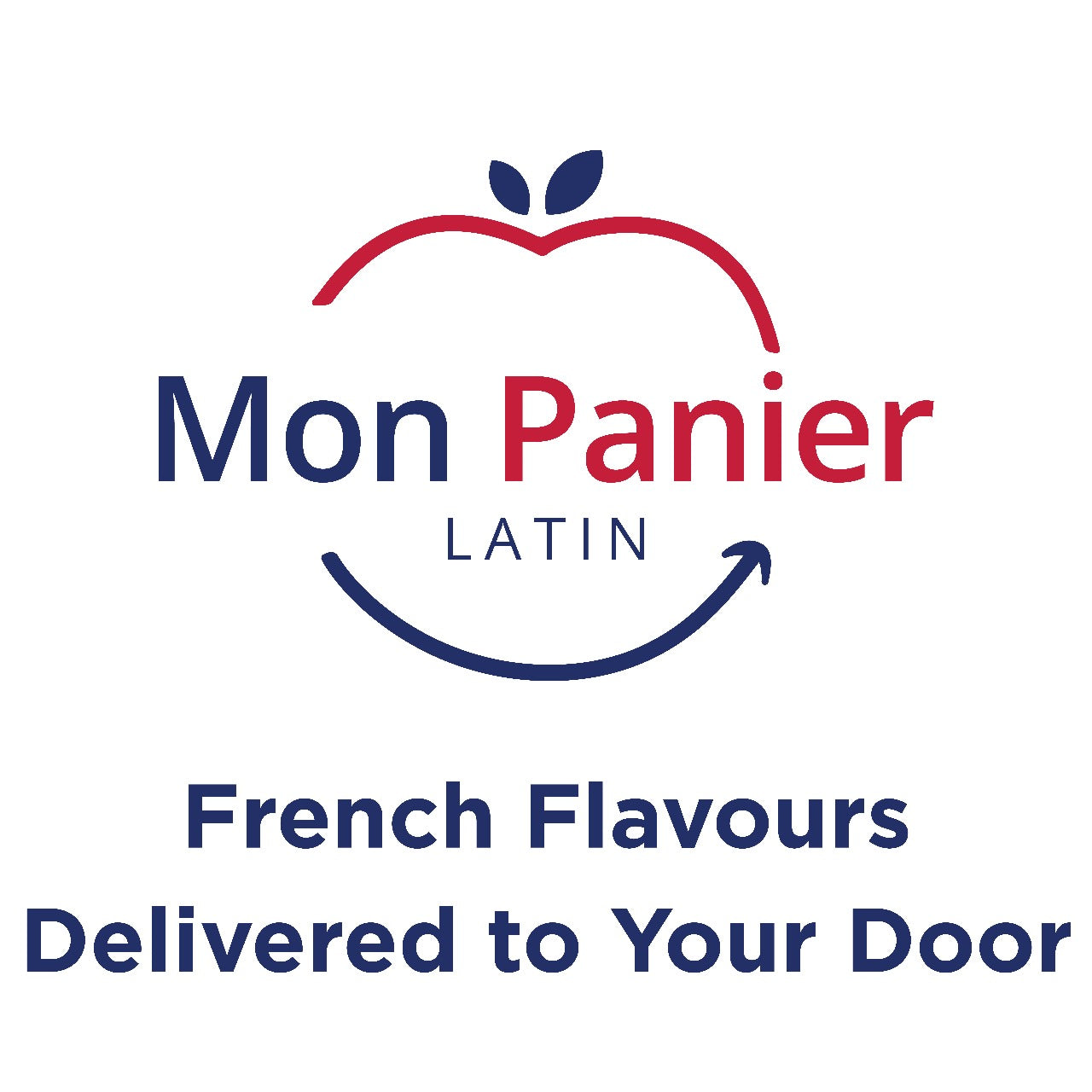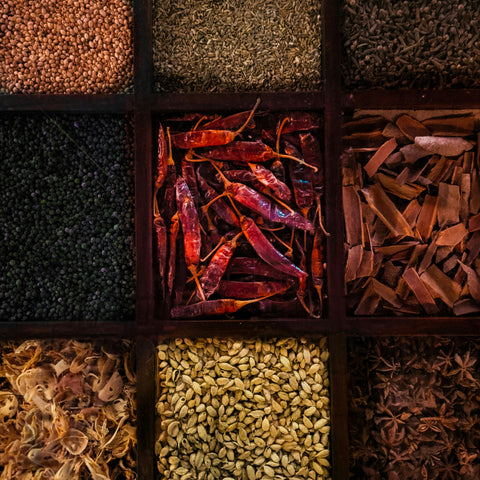Whether you’re strolling through a charming French marché or simply browsing the aisles of a Monoprix or Carrefour, one thing’s for certain: food labels in France can be a bit daunting if you don’t speak the language. But fear not! With a little guidance, you can learn to decode French packaging like a pro — and avoid mistaking foie gras for pâté or confusing crème fraîche épaisse with yoghurt.
Here’s a beginner-friendly guide to help you confidently read and understand French food labels.
1. Key Vocabulary to Know
Start by familiarising yourself with some of the most common terms you’ll see again and again:
| French Term | English Meaning |
|---|---|
| Ingrédients | Ingredients |
| Valeurs nutritionnelles | Nutritional values |
| Poids net | Net weight |
| À consommer jusqu’au | Use by (perishable) |
| À consommer de préférence avant | Best before (non-perishable) |
| Produit de France | Product of France |
| Sans sucre ajouté | No added sugar |
| Bio | Organic |
| Allégé / Léger | Light / Reduced fat |
| Surgelé | Frozen |
2. Understanding Ingredients Lists
Just like in the UK, French products list ingredients in descending order of quantity. The first ingredient listed is the one that’s present in the greatest amount.
Watch out for:
-
Sucre = sugar
-
Huile de palme = palm oil
-
Arômes artificiels = artificial flavours
-
Colorants = colourings
-
Épaississants = thickeners
Natural ingredients will often be followed by additives, which are listed with E numbers or long chemical names, just like in English packaging.
3. Nutrition Table (Valeurs nutritionnelles)
This section is usually found on the back of the package. Here's how to read it:
| French Term | English Meaning |
|---|---|
| Énergie | Energy (in kJ/kcal) |
| Matières grasses | Total fat |
| Dont acides gras saturés | Of which saturates |
| Glucides | Carbohydrates |
| Dont sucres | Of which sugars |
| Protéines | Protein |
| Sel | Salt |
Some labels also show per 100g and per portion — useful for tracking intake.

4. Common Label Claims
French food products often come with claims about their health, origin, or quality. Here's what to look for:
-
Sans conservateurs – No preservatives
-
Riche en fibres – High in fibre
-
Source de calcium – Source of calcium
-
Sans gluten – Gluten-free
-
Vegan or Végétalien – Vegan
-
Végétarien – Vegetarian
Many items carry an A to E Nutri-Score (A being healthiest) — a French government initiative to help consumers make better nutritional choices at a glance.
5. Decoding Product Names
French product names can sometimes be poetic… or puzzling. Here's a few that tend to trip up newcomers:
-
Fromage blanc – A creamy cheese, often eaten like yoghurt
-
Lait fermenté – Fermented milk (similar to kefir)
-
Yaourt nature sucré – Plain yoghurt with sugar
-
Crème fraîche épaisse – Thick fresh cream (used in sauces, not like single cream)
-
Jambon cru – Cured ham (e.g., prosciutto-style)
-
Jambon blanc – Cooked ham
-
Pain de mie – Soft sandwich bread (not like a traditional baguette)
-
Biscuits apéritifs – Savoury snacks for aperitif, not sweet biscuits
6. Allergy Information
Look for “traces éventuelles de…” or “peut contenir…”, which means "may contain traces of..." – e.g.:
-
Peut contenir des traces de fruits à coque – May contain traces of nuts
-
Contient du lait, du gluten – Contains milk, gluten
Allergens are often bolded or underlined, just like in the UK.
7. Organic and Regional Labels
France takes pride in its labels of quality and origin. Keep an eye out for:
-
AB (Agriculture Biologique) – The official French organic label
-
Label Rouge – Indicates higher quality, especially for meat and poultry
-
AOP / AOC – Appellation d’Origine Protégée / Contrôlée – like PDO in the UK, for protected regional specialities (e.g. Camembert de Normandie, Roquefort)
These labels mean the product adheres to strict production standards and often reflects deep-rooted tradition.
8. Expiry Dates: Which One Is Which?
There are two main types:
-
À consommer jusqu’au... – Use by, for perishable items like meat, dairy, and fish
-
À consommer de préférence avant... – Best before, for dry goods like pasta or biscuits
Don’t panic if you’ve eaten something just after its “best before” — the French rarely do.
Final Tips for Shopping Like a Local
-
Bring a reusable shopping bag – many French supermarkets charge for plastic bags
-
Expect to weigh your own produce in smaller shops or markets (look for a scale nearby)
-
Don’t be afraid to ask staff for help – most are used to tourists and happy to explain



